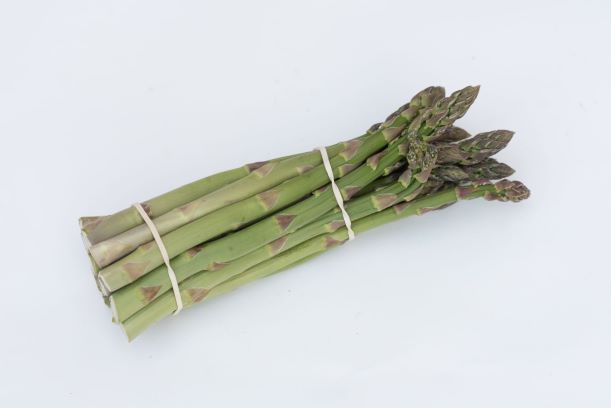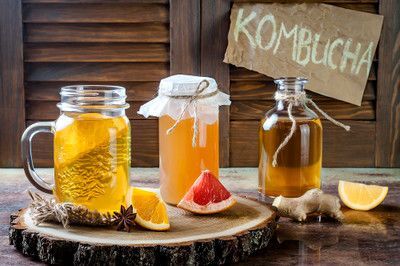VITAMIN K helps with bone metabolism, brain, nerve function and blood platelets (blood clotting) to stop us bleeding from a cut. But there are two kinds of vitamin K, which not a lot of people know about.
These are known as vitamin K1 (Phylloquinone) and K2 (menaquinone). Vitamin K1 is present primarily in green and leafy vegetables that include, asparagus, broccoli, Brussels sprouts, cabbage, cucumber and kale, to name a few. It is best to cook these vegetables the right way to help release the vitamin K better into our bodies. Steaming and microwaving would be the ideal cooking methods versus blanching and boiling.
This will help preserve the B vitamins and vitamin C too. Eating vitamin K1-rich foods will help boost your overall daily fruit and vegetable intake too. Vitamin K1 is the main dietary source of vitamin K overall.
Vitamin K2 is primarily of bacterial origin and is present in various animal products (liver, beef, pork, egg yolk, chicken, salmon) as well as fermented foods like sauerkraut, which contains raw cabbage. Vitamin K2 is also produced by bacteria in the human gut from vitamin K1.
Medications like warfarin and other anti-coagulants slow down the effect of vitamin K1 in its role in blood clotting as these medications are designed to reduce clotting in people with cardiovascular and other diseases.
If you are concerned about your vitamin K levels via medication speak to your GP.
Lee McCusker (BA; MSc; MSc; MSc; ANutr; SENr) is a registered nutritionist from Belfast and can be found on Facebook, Instagram and Twitter. Email: attentivenutrition
@gmail.com








